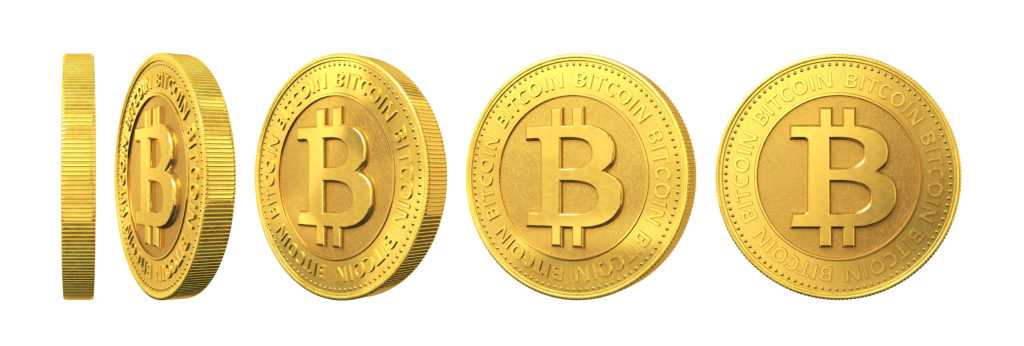Bitcoin Halving in a Nutshell: Part 2

The halving is on the forefront of bitcoin investors’ minds (likely second only to the coronavirus), due to the belief that it will quickly compound the price of bitcoin, likewise compounding their wealth. However, is this belief well founded?
In its history, bitcoin has seen two prior halvings, which can be looked to for guidance. 2012, the first halving, was a test run for the reduction in mining rewards and effects upon bitcoin price, and indeed, shortly after the halving the price began to rise. The second halving in 2016 was so highly anticipated that Blockchain.com even had a running countdown. The first effect of the second halving was an immediate price drop of 10% to $610, with a swift recovery to its prior price. Huge gains did not immediately follow either of the prior halvings, however, they did usher in steady growth in the price of bitcoin. This may prove the theory that while the rate of available bitcoin drops, the demand stays the same, resulting in a growth in price in what bitcoin is already on the market. Others argue however that because the halvings are scheduled and anticipated for years before, they don’t compel a quick response from the market, as traders have had plenty of time to prepare. It is also possible that in anticipation of getting rich quickly due to the halving, some traders will buy more before the halving, pushing the price up in anticipation.
To return to the topic of block rewards, bitcoin’s monetary policy relies on the ability to answer through the bitcoin ledger, who owns what bitcoin when. Cryptography answers the first part of the question since only the owner of the private key (much like a secret access code) can spend that bitcoin. However, the “when?” part of the question is what truly distinguishes bitcoin from any form of money that came before it. In theory, with enough computing power, miners could put the system into chaos by double spending coins or by halting transactions from continuing. However, they are incentivized not to do so through block rewards, which they would lose if attempting either. Miners are incentivized to mine honestly through their wish for money, and not to attempt dishonesty, in their drive to keep that reward. As miners gain more monetary rewards into mining, the increased computing power results in a stronger, quicker system overall. Therefore, what happens when the rewards for mining eventually trickle down to zero? This may eventually prove to be an issue for bitcoin. Mining is an expensive venture, so not only do miners need to be incentivized, the reward must surpass the cost of the activity. The only other way that miners earn money is through transaction fees, which may grow in importance. This means that while transactions fees are theoretically optional now, they will become quite costly in order to keep the network safe. Bitcoin is still relatively new, and for now, the minimum cost of security is still an open question. However, in eight to ten years, as rewards really dwindle, this could grow into a bigger issue.
The post Bitcoin Halving in a Nutshell: Part 2 appeared first on COINMARKET.



